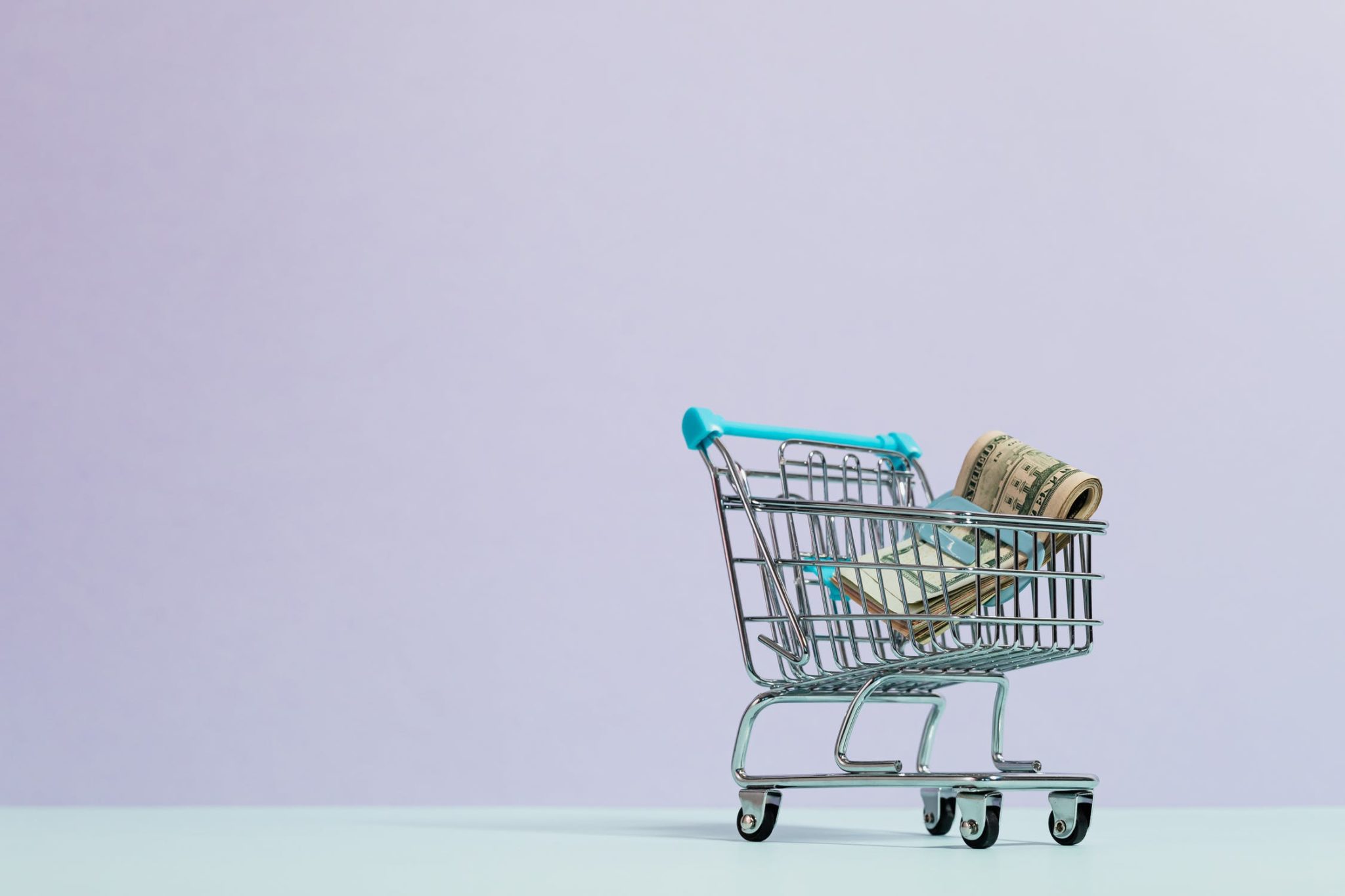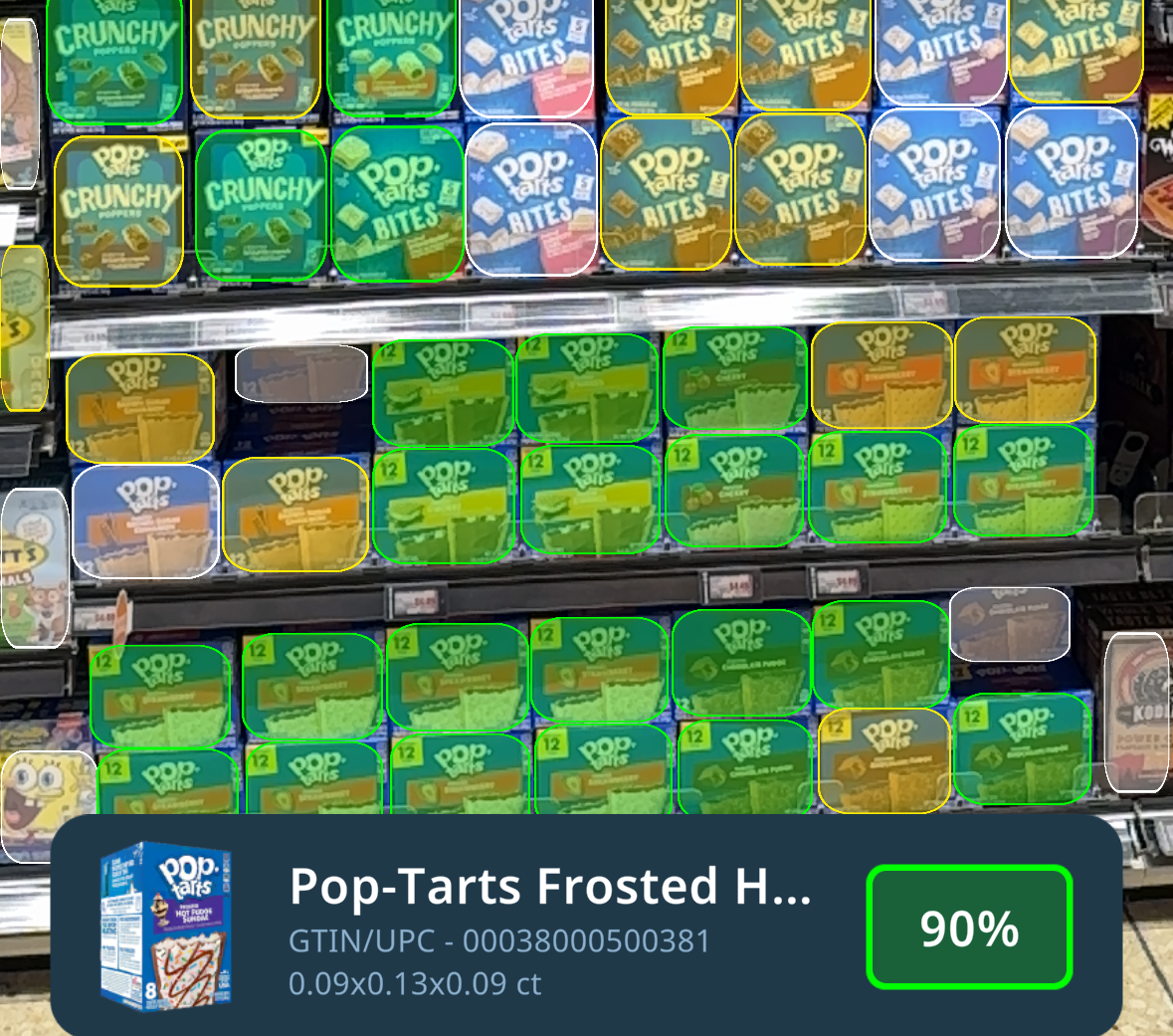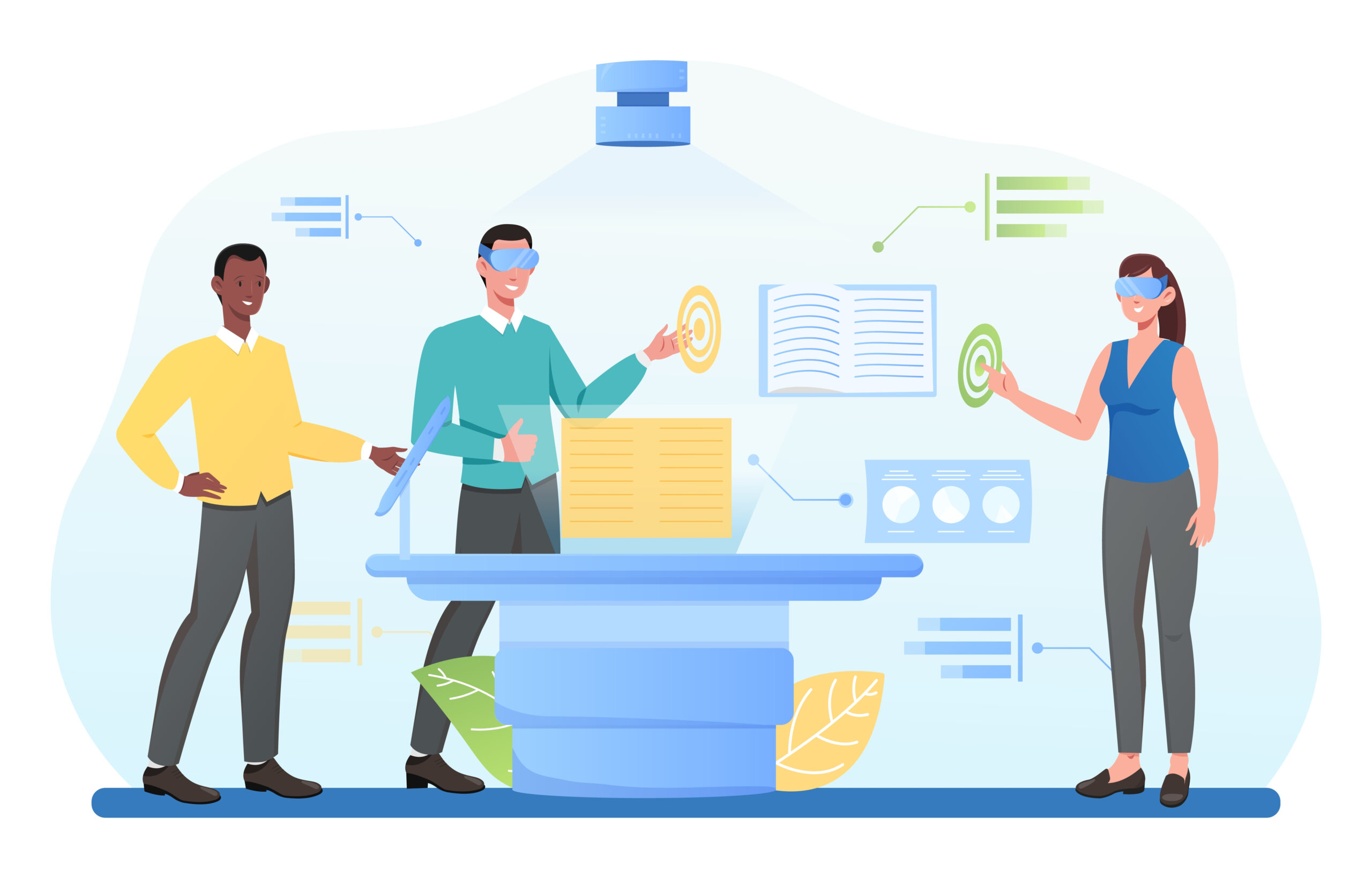As the age-old saying goes, presentation is everything. The sentiment rings true particularly in the world of retail assortment planning, where the presentation of consumer goods has a direct influence on the success of products, store concepts, and above all, revenue. There’s no shortage of tricks and tools that retail marketers use to entice shoppers to buy products, but one of the most subtle strategies involves the assortment of retail categories and products. In a business where seemingly small assortment decisions have significant consequences on the success of a new store concept, optimization is a necessity.
Before testing was normalized, retail planners had to make educated guesses regarding how successful a particular assortment would be. Now, thanks to virtual reality technology, we have assortment optimization solutions down to a near-exact science.
What is assortment optimization?
Assortment optimization is the process of identifying a SKU mix for a category that has the best possible odds of maximizing profit. It’s a combination of finding the right assortment of products, how many of them you put on shelves, and even making them available when they are in demand.
For example, having seasonal items ready for shoppers in an easily noticeable location in stores, such as the front of the store or on end caps. Price, shelf placement, quantities, and related items all play a role in this process.
The goal of assortment optimization is to identify the assortment to increase sales with a product assortment that best matches up with what their customers want. This keeps customers coming back for more while also encouraging loyalty from the ones who already shop there frequently.
Assortment Optimization Solutions
In the world of consumer goods marketing, the best assortment should be an accurate reflection of consumer demands at the time. The more accurate of a reflection that assortment is, the better retailers deliver on customer satisfaction.
There are different ways of securing that critical information – from using the traditional method of conducting mock store shopping exercises, to using more advanced technologies such as VR technology. Regardless of the method, testing is critical to merchandise planning.
Without current data, retailers may rely on past purchase data to make decisions. Using outdated information to inform today’s assortment strategy can have detrimental consequences on profit. Shopper preferences can change rapidly, so using outdated data is always a major risk.
Traditional vs Tech-Driven Methods
The traditional methods for optimal assortment optimization have been around for decades and include building a physical mock store and monitoring the reactions of participants. Identifying the optimal assortments can take months due to longer timelines for building or updating the store, getting product samples, etc.
With the development of new technologies, more efficient ways of conducting assortment optimization have been developed and embraced by some of the largest brands. Companies like Kellogg, Walgreens, and more have been able to achieve incredible outcomes as a result. One manufacturer’s modest $15,000 study using InContext’s ShopperMX software yielded an 800:1 ROI after the shelf test revealed the boost horizontal blocks gave to their brand.
How do you achieve optimal assortment in today’s ultra-competitive market?
Our answer: leverage best-in-class virtual planning technology. 3D virtual reality technology is immensely successful in retail planning and more specifically, assortment optimization. Store planners can leverage virtual simulations to visualize assortment strategies in a 3D environment, similar to how merchandising is traditionally tested in physical mock stores. While these solutions cut costs more than traditional methods, not everyone in the industry is fully aware of how and why VR enhances and streamlines the assortment optimization process.
With the help of VR simulation software, retailers and brands can access key performance indicators such as sales metrics, dollar and unit buy rate, and buyer penetration. All of which can be analyzed by category, manufacturer, brand, segment, or SKU level.
Because 3D virtual simulation software doesn’t require the cost of building a store, nor the time and labor involved in the planning process and coordination of in-person testing, analyzing assortment strategies in a 3D environment is faster and cheaper. When brands are able to get valuable insights from these tests at a faster rate, they’re able to get their new assortment plans in stores without the delays they’re accustomed to. Some insights and features accessible with VR simulations include:
- 3D planograms
- Predictive analytics for new products and assortment plans
- Customer insights, including behavioral and attitudinal metrics
- Evaluate possible customer experience in relation to your assortment strategy
How to Cut Optimization Costs with VR Solutions
How does VR improve the process of assortment optimization in terms of expenses?
- Facilitates efficient decision-making: Better communication is enabled through 3D simulation software like ShopperMX. All executives and decision makers can view the same simulations and data through the platform, making remote decision-making a more streamlined part of the process.
- Eliminates extra expenses:Cut money usually spent on construction of mock stores. More affordable way to get the insights needed to identify the best assortment option.
- Speedy time to insight:Time is a valuable resource and VR platforms streamline the whole process, so you can dedicate more time to higher-value tasks.
- Test multiple assortment variations:Get feedback from real shoppers about multiple assortment strategies within a virtual shopping experience. While you can test multiple variations in a physical mock store, the cost and time involved to test in a virtual environment are far less.
- More bang for your buck:A wider pool of respondents (because shopper participants are sourced through the internet). Access to a larger data pool helps you obtain more accurate insights, faster, and at a lower cost.
- Test out the response to pricing of different products.If your brand can get away with pricing a product higher, but still achieve a successful rate of purchase, that’s a major insight that allows you to increase revenue.
- Targeted assortment strategies:It’s possible to tailor strategies based on store locations in order to be optimized to different demographics.
Case Study: Virtually Test and Validate Assortment Changes
In one case study from InContext, a manufacturer wanted to use virtual testing to validate their assortment plan to increase the level of confidence before executing. The test resulted in this manufacturer finding that additional size assortment to the category was more beneficial overall than additional flavor assortment. With this knowledge, the manufacturer avoided spending valuable time and resources on an assortment strategy that would have been less successful with customers, yielding lesser sales results. The optimized assortment lifted sales for the manufacturer and improved the shopability of the aisle. It was a win-win for everyone.
Final Thoughts: Delivering on Customer Needs
Arguably the most significant lesson learned from an assortment optimization process informed by VR simulations is that connecting to customer preferences, and delivering on them, is the most important objective in retail planning. What shoppers want may be complex and constantly evolving, but it’s this industry’s job to evolve with them. With the insight into customer needs available today with VR testing, it’s more possible than ever to do just that.
Contact InContext Today
Are you interested in investing in an immersive virtual reality solution so your company can cut costs? Contact InContext to get started on a better assortment optimization process aided by best in class technology. Additionally, learn more about the transition process from traditional merchandising to launching a virtual reality retail program.





